These 10 Superfoods Will be All Over Your FYP This Year
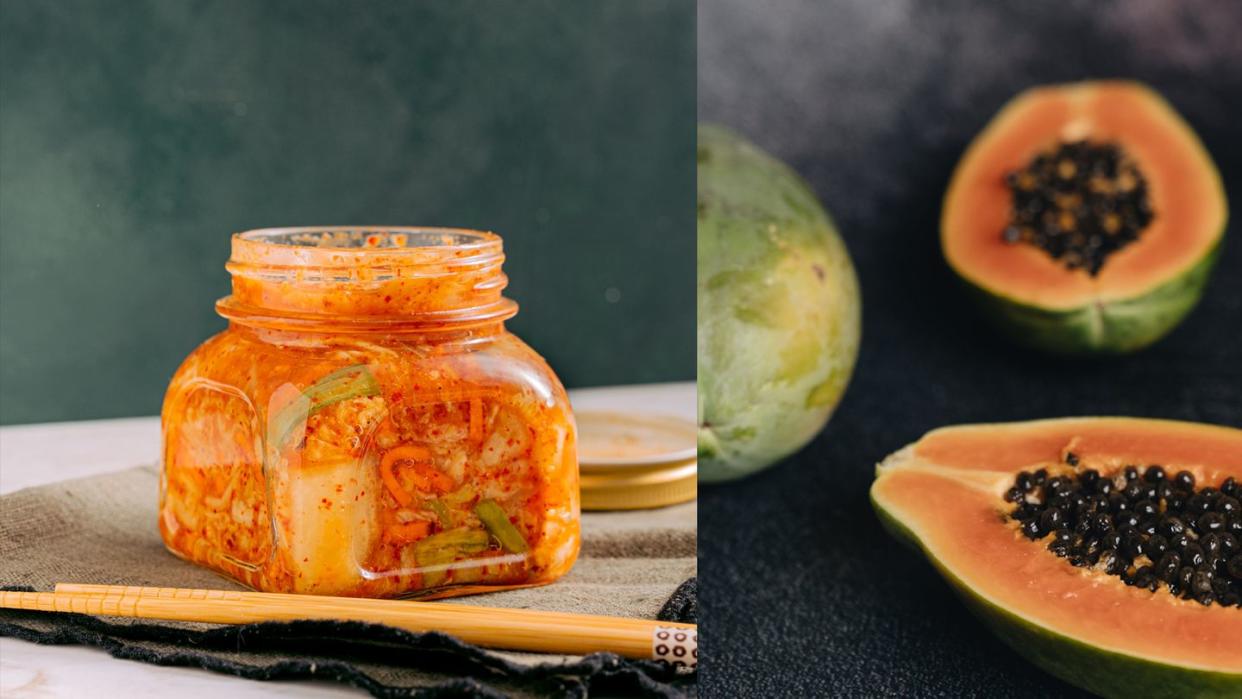
Every year, it seems like there’s a hot new food trend that all the fitness and wellness influencers on your FYP are talking about. Remember when the people made cauliflower rice happen? Or when kale chips were a thing? Or that whole BS trend about adding lemon in your coffee? Basically, just like aesthetics come and go, food has fads too—especially those that are considered "superfoods."
Superfoods, like berries or quinoa, get their name because they're said to pack a ton of nutritional power. But the moniker can be a bit misleading, and might even cause some people to obsess about what they should and shouldn't eat, says Christine Byrne, MPH, RD, owner of Ruby Oak Nutrition. "It's important to remember that 'superfood' is a marketing term—not anything that's defined by or used in nutrition science—since no single food is really that powerful when it comes to nutrition and health," she explains. "When people say 'superfood,' they're typically talking about a nutrient-dense food that's trendy."
To many nutritionists and medical experts, there is no set list of superfoods, just many items that can be beneficial to your diet—like all fruits and vegetables, says Maya Feller, MS, RD, CDN, founder and lead dietitian at Maya Feller Nutrition and author of Eating from Our Roots. "They each have their own set of unique properties that can be enhanced when combined with other nutrients,” she says. "Just because someone is hailing a particular food as inherently superior does not make it true.”
That said, if you take the superfood label with a grain of salt, says Byrne, "incorporating these trendy and nutrient-dense foods into meals and snacks can be a fun way to shake things up." For instance, you can start with small additions to your normal routine, explains Lorraine Chu, MS, RDN, CDN, CDCES, founder of LC Nutrition. Like, throwing a handful of spinach in your go-to pasta dish or topping your morning cereal with berries, she says, noting that this approach can be more sustainable than a complete and sudden lifestyle overhaul. You should also consider your likes and dislikes, finances, food access, and culture when establishing an eating pattern, mentions Feller. Food is fun and delicious! And it should be personal and specific to you.
So, by no means do you have to eat any of these superfoods! Especially if you don't like something or, you know, are allergic. But if you feel like your eating pattern could benefit from a few more nutrient-dense goodies this year, then keep on scrolling for the 10 superfoods experts are expecting to see on menus, throughout grocery stores, and in recipes all 2024.
Papaya
Papaya is a rich source of vitamin C and vitamin A, as well as being a rich source of dietary fiber—and by rich source, we mean it’s literally one of the best fruits out there for all these. “Papaya is gaining popularity because it is full of nutrients and tastes delicious and can be used across culinary applications,” says Feller. "It is also a source of papain, an enzyme that is thought to aid in digestion as it works well as a meat tenderizer,” says Feller.
Try it: Maya’s papaya salad recipe (which includes the OG superfoods kale and quinoa) is a yummy way to get in some nutritional value. You can also eat it in a fruit salad, blended into a smoothie, or as a topping for yogurt or chia seed pudding.
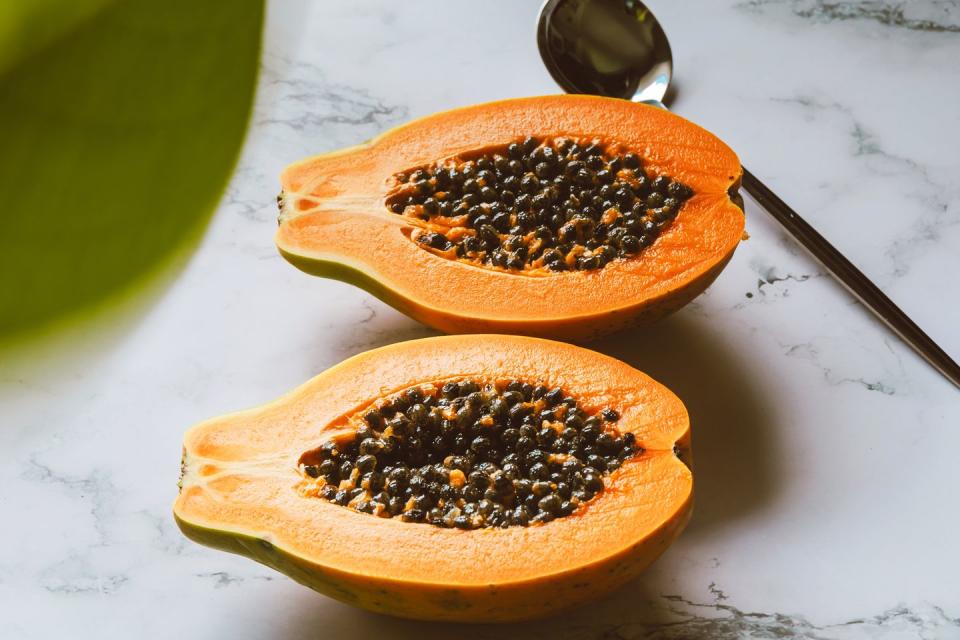
Cassava
Cassava, also known as yuca, is super common in Latin American and Caribbean cuisines and is a great source of vitamin C, potassium, and fiber. “This starchy vegetable has been used around the globe for centuries,” says Feller. “In fact, it’s a resistant starch, meaning it has probiotic properties and may be supportive of gut health. It's gaining popularity as people are looking for new and interesting starchy vegetables to eat." On a recent trip to Tobago, Feller says she had an incredible gratin made with cassava and other root vegetables. Um, yes please.
Try it: You can use cassava like you can potatoes: mashed, pureed, in soups and stews, boiled, steamed, etc. You can also oven fry it to make cassava fries (although, unlike a potato, you’ll want to remove the skins).
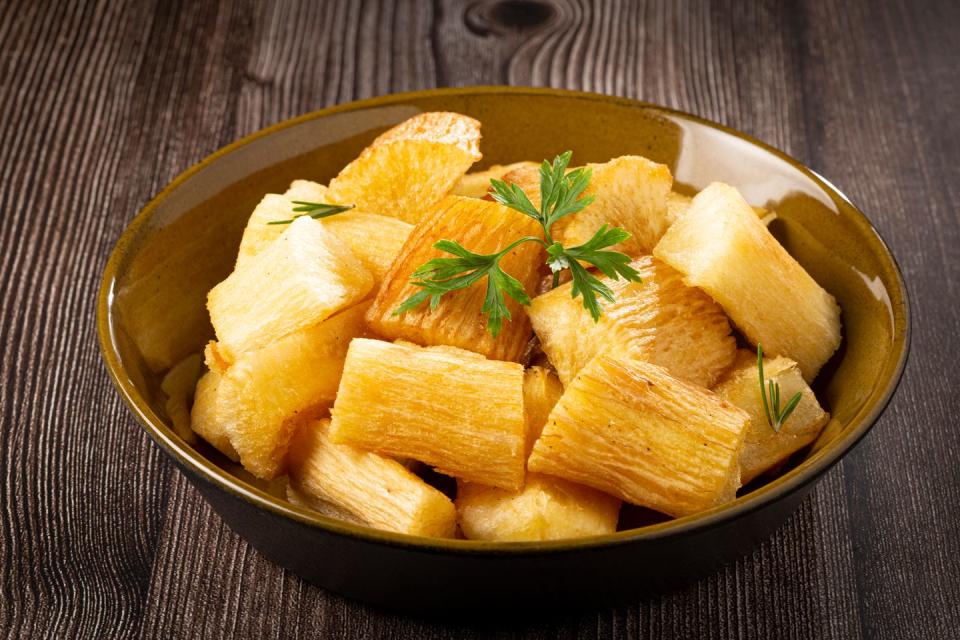
Kelp
Kelp is very planet-friendly, since it's regenerative and helps to maintain the health of our oceans, notes Feller. “The sky's the limit with how kelp can be used—it’s got an incredible flavor and can impart the sea into vegan dishes without the use of seafood,” she says. “It’s rich in vitamins and minerals, and is a fantastic plant-based source of omega-3 fatty acids.”
Try it: Kelp powder is an easy way to add kelp benefits to smoothies and yogurt bowls, but you can also eat it dried, fresh, pureed, fermented, pickled, steamed, roasted…all the ways.
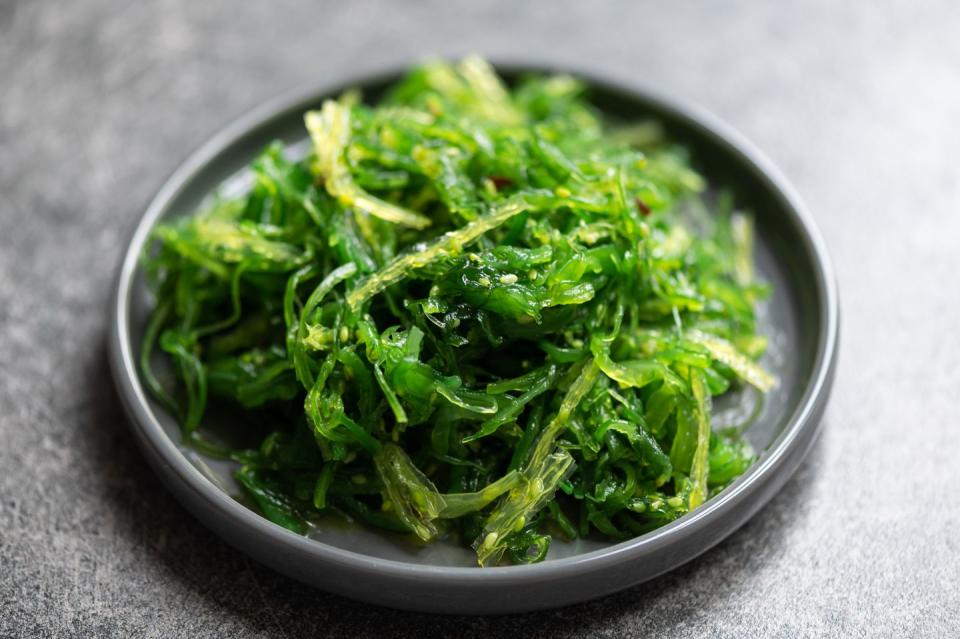
Cherries
You’ve definitely seen the viral TikTok trend of "sleep girl mocktails," aka drinking a tart cherry juice concoction at night since it can possibly raise your melatonin levels. So, yes, cherries are fully getting their health due this year. “Cherries are a good source of vitamin C and polyphenols, both of which have powerful antioxidant properties,” says Feller (FWIW, polyphenols have also been connected to better sleep). They also have notable amounts of fiber and potassium, which support vascular and whole body health, says Feller. Cherries will continue to be popular, mostly because they are widely available.
Try it: Cherries can be used fresh, frozen, jarred, or canned. You can also drink the juice or use an extract. Drink tart cherry juice, use cherries in pies or cobblers, or even create a sweet cherry relish for meats.
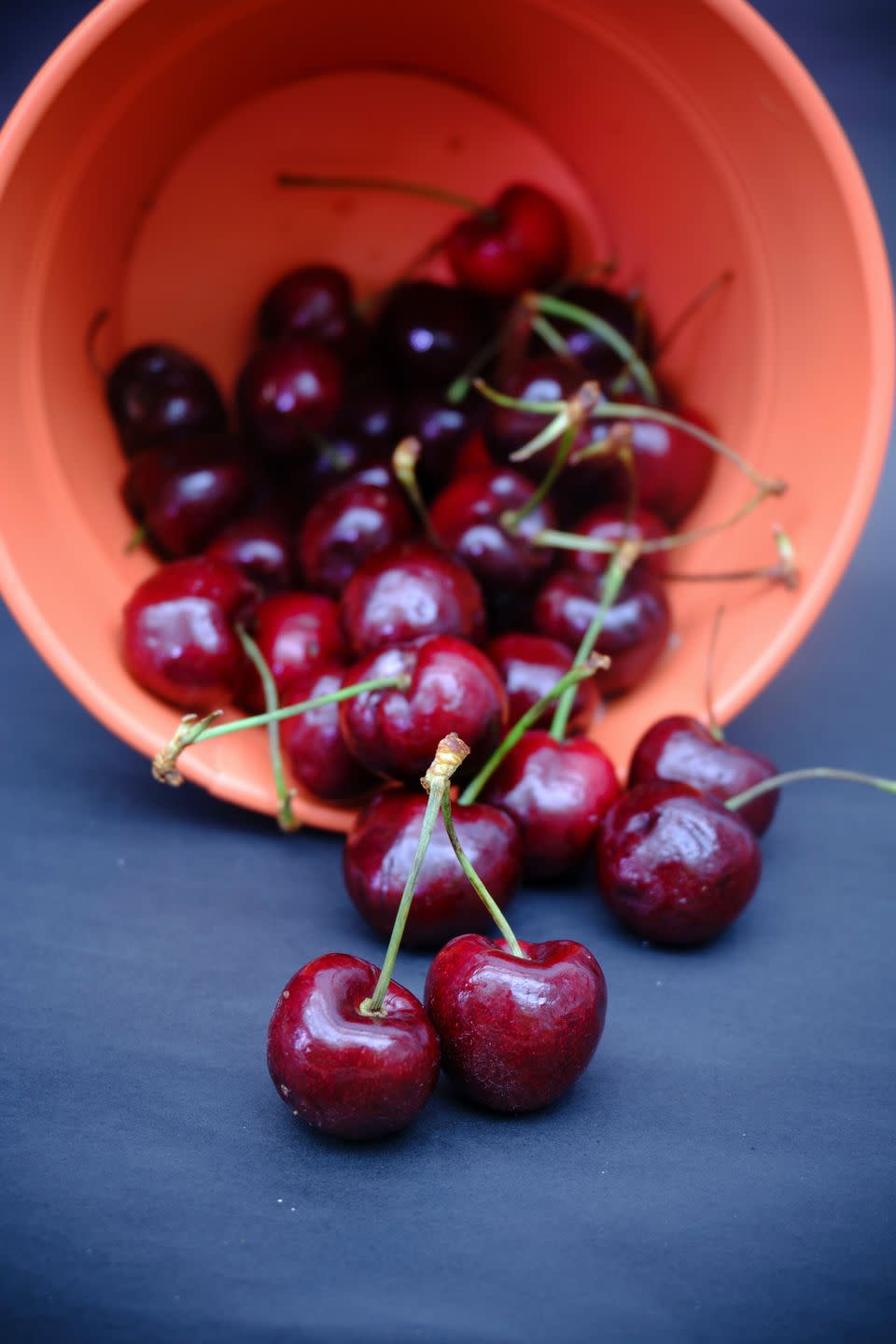
Pistachios
“One reason I think pistachios are becoming more popular is that they have a unique (for nuts) green color that looks great in photos and videos, which makes food bloggers and influencers more likely to use them in recipes,” says Byrne. “But pistachios aren't just pretty. They're rich in unsaturated fat, fiber, and vitamin B6, and also contain some potassium and magnesium.” They’re also a great source of Thiamine, or B1, which helps keep the nervous system healthy.
Try it: “You can buy them without shells in so many different seasoning flavors to snack on or cook with straight out of the bag. Or, you can buy them with the shells still on, if you like snacks that take a little extra effort,” says Byrne.
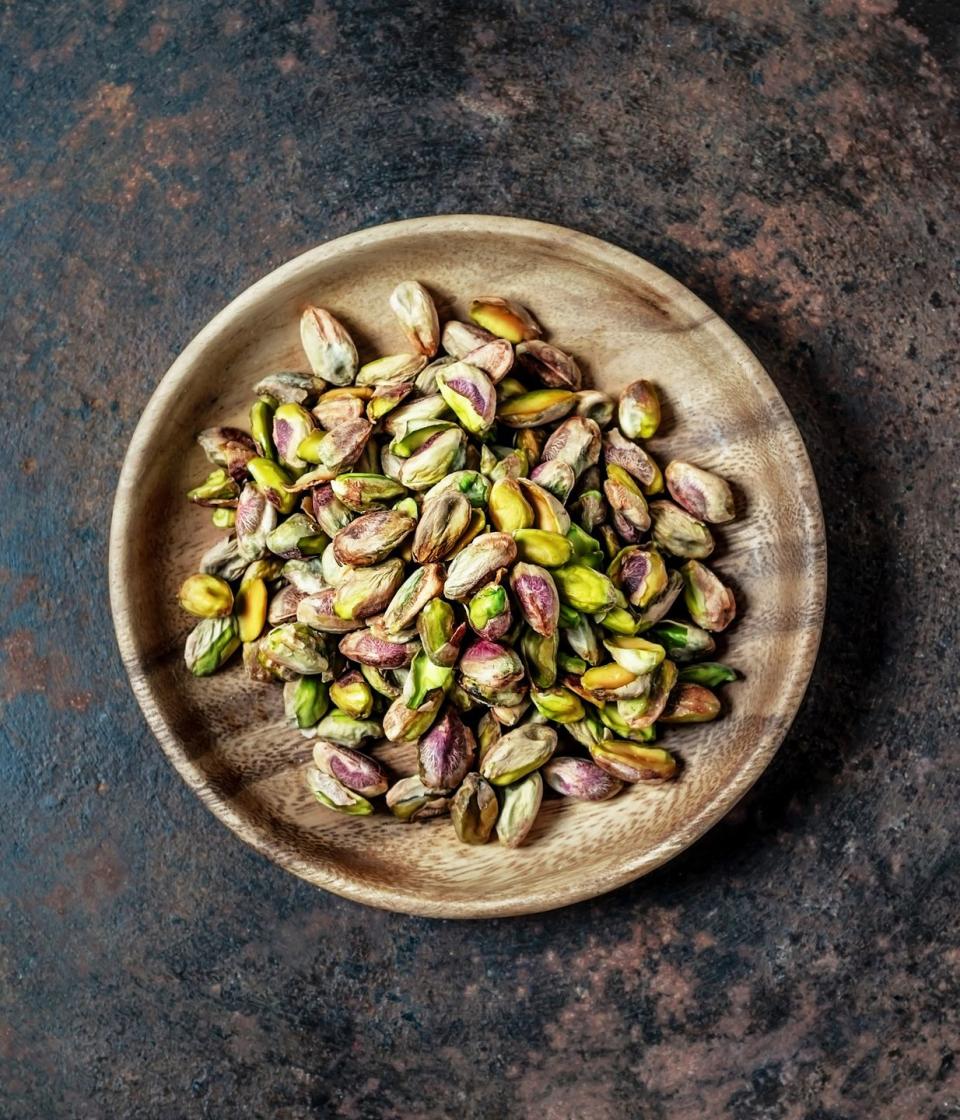
Fermented Foods
Gut health is a term we hear often these days, but unlike other buzzwords floating around, we hear this one for good reason, says Chu. "Adding fermented foods into your rotation is great in increasing microbiome diversity,” she explains. “Our gut microbiome affects just about everything in our body—from your heart to brain to immune system—and helps us get the most nutrients out of the foods we eat." Fermented foods that we’re going to see more of include miso, tempeh, and kefir, alongside the superfood mainstays of yogurt, kimchi, sauerkraut, and apple cider vinegar, to name a few.
Try it: Add miso to your next dressing or stir-fry marinade for added flavor and nutrients.
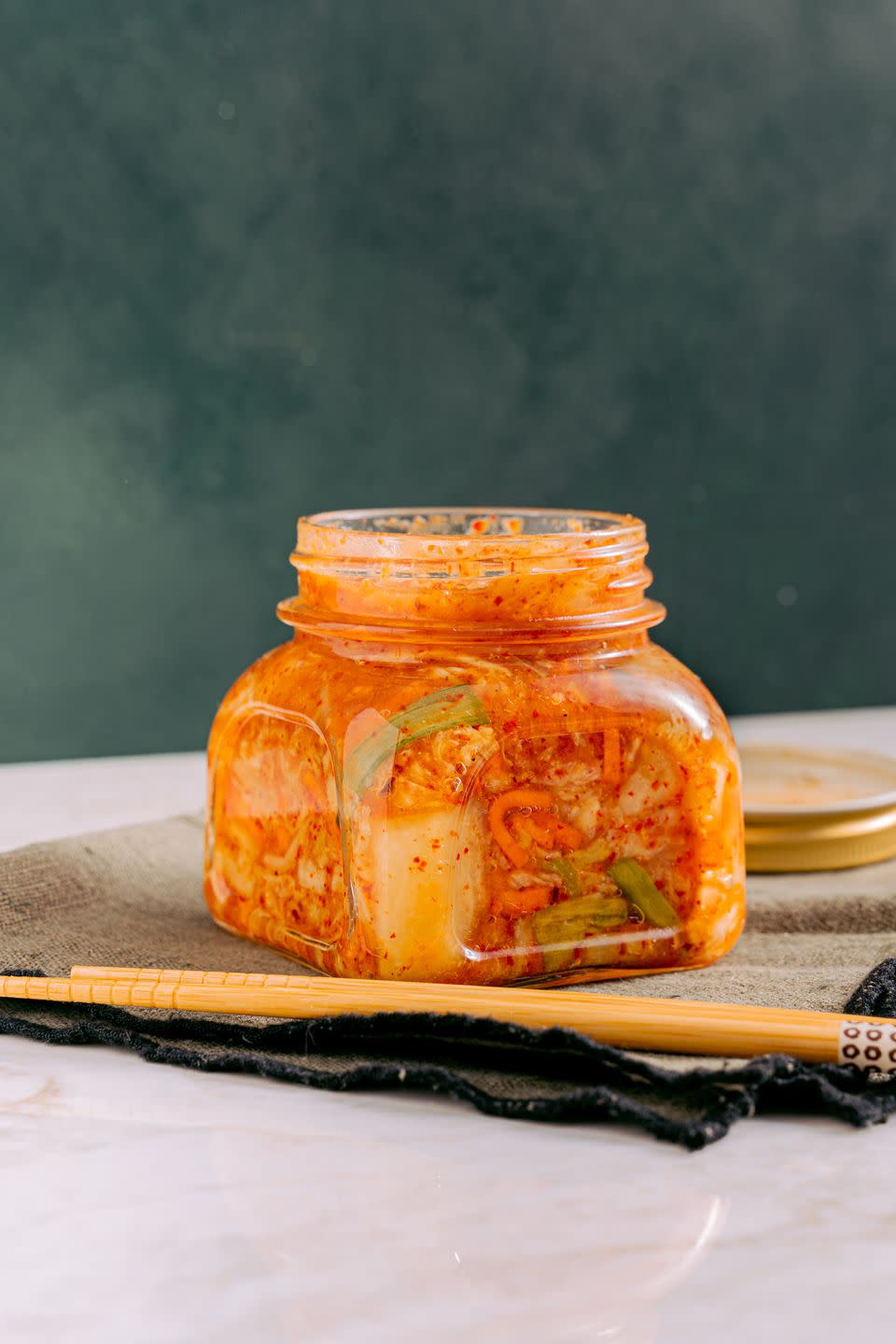
Ginger
A traditional ingredient in a variety of cultures across the world, ginger is inexpensive, adds a ton of flavor, and can be used in both savory and sweet dishes, says Byrne. It can also help ease certain digestive issues, like nausea and cramping, thanks to the particles gingerols and shogaols. It’s also got great anti-inflammatory properties.
Try it: Try steeping raw ginger in tea, or cooking with fresh ginger in stir-fry recipes, soups, or with veggies. You can also use ginger in baking—hello, gingerbread and ginger snaps.
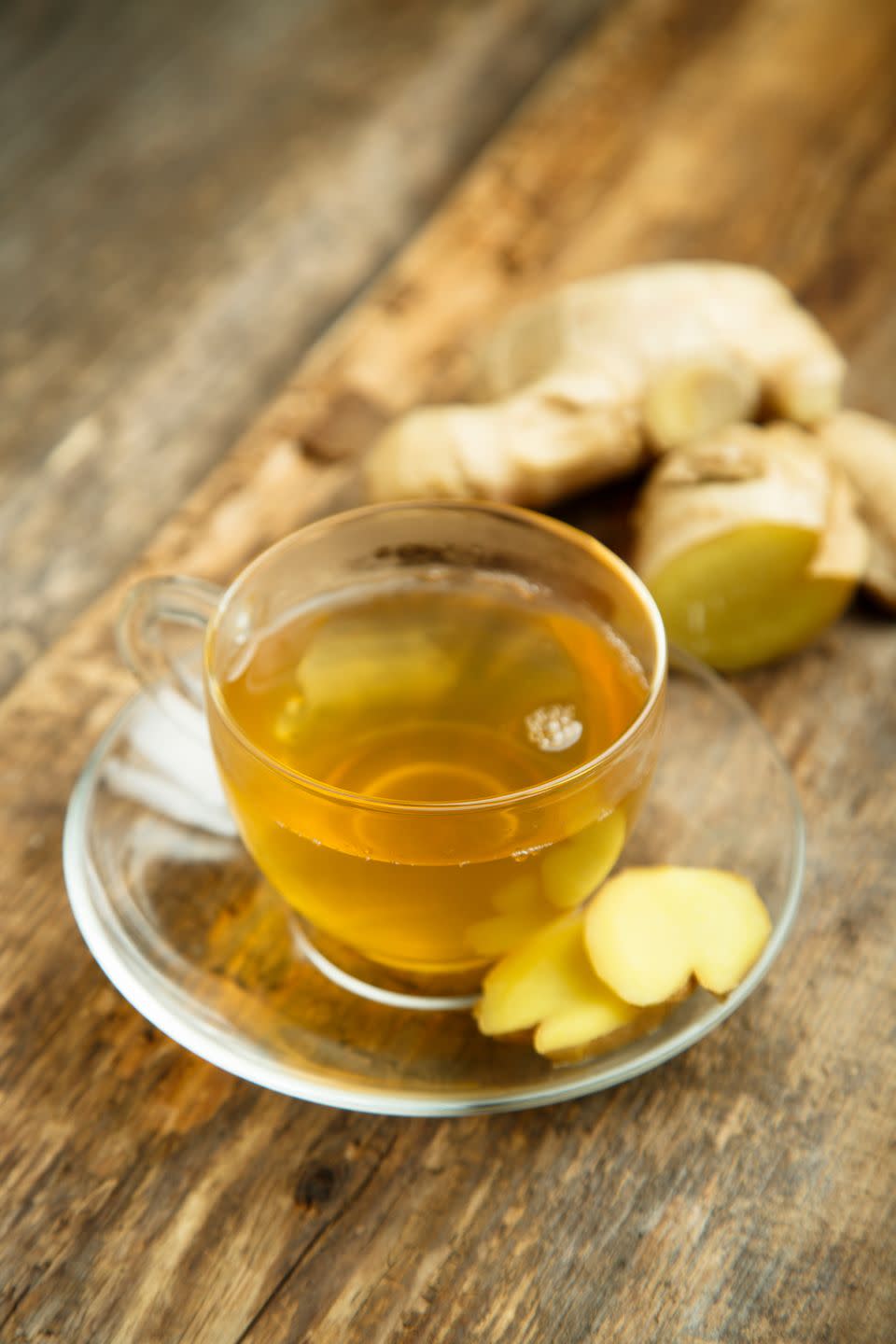
Buckwheat
Buckwheat is said to gain popularity this year, and Byrne, for one, is very excited about it. "It's technically a seed, and unlike actual wheat, doesn't contain any gluten," she says. "Buckwheat also has a good mix of protein, carbohydrates, and it's relatively high in fiber, too. So it's a great addition to your recipe repertoire.”
Try it: Buckwheat can be used just like any other cooked grain: in salads, bowls, savory breakfast porridges, or as a side dish. You can also bake it (or air fry!) to add crunchy clusters to salads.
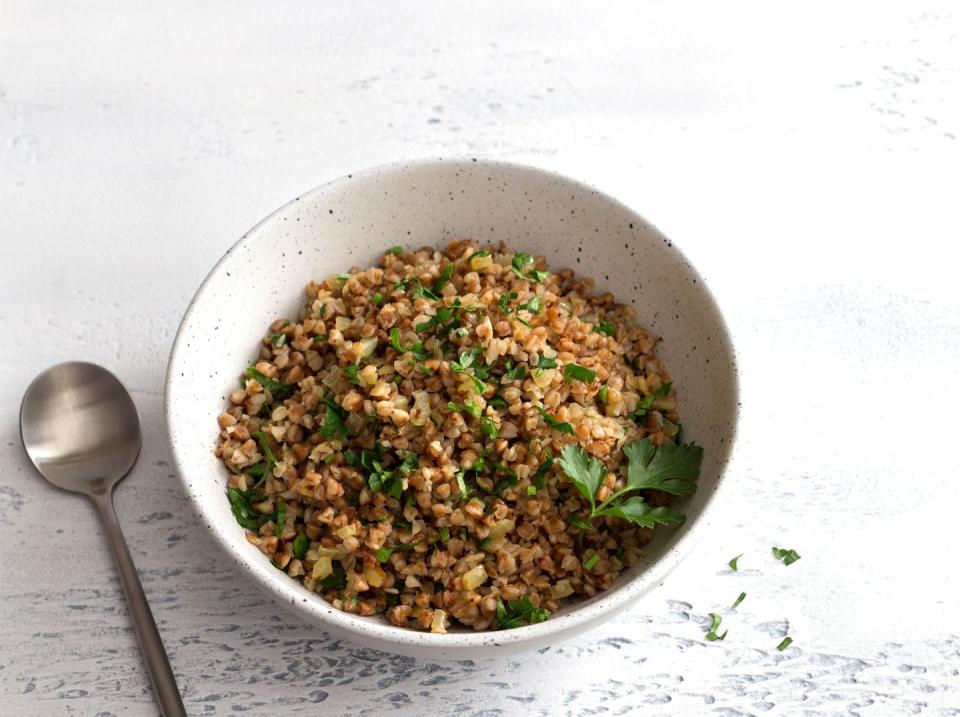
Mushrooms
Mushrooms have been gaining steam for a while, and this year will only see an uptick, says Byrne—especially since there are a ton of varieties, like simple button mushrooms, lion's mane, and king oyster. "Because of this, you can use them in almost any meal,” she says. Try looking for mushrooms that have been treated with UV light, suggests Byrne, since the light drastically increases their vitamin D content, ultimately giving you more of an important nutrient that can be hard to get from food alone.
Try it: Byrne’s favorites include using portobello mushrooms as a vegetarian alternative to grilled burger patties and shitake mushrooms in a creamy pasta dish. "King oyster mushrooms are a fun meat alternative in stir-fry thanks to their more dense texture,” she adds.
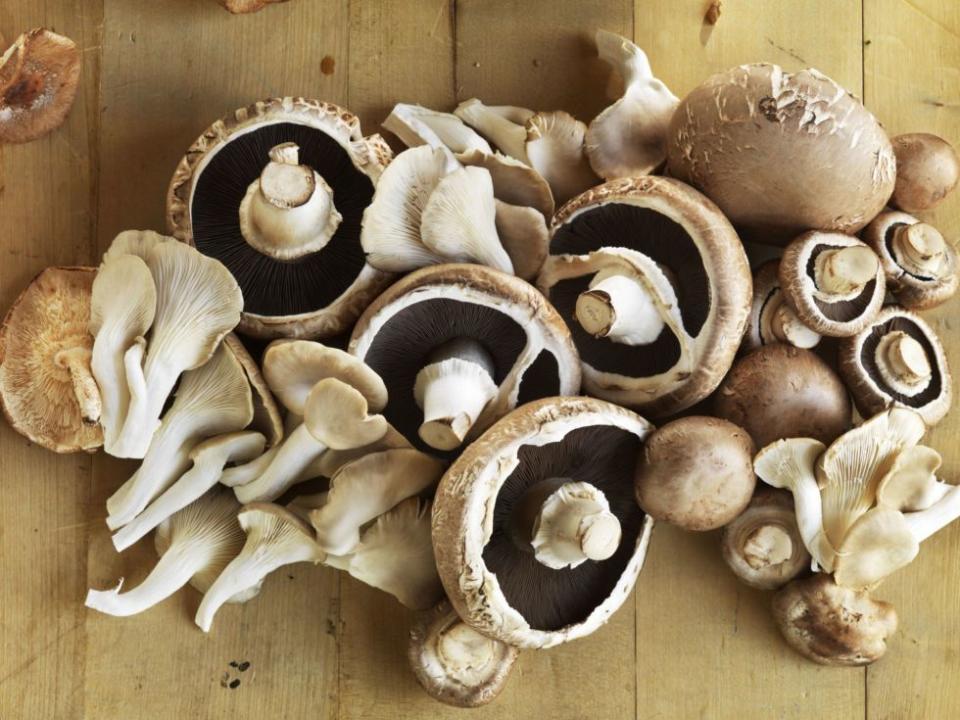
Canned Fish
“With the increase in grocery prices we've seen over the past few years, people are looking for nutritious options that are also budget-friendly,” says Byrne. “Canned fish is often less expensive than the fresh stuff, but still packed with protein and various vitamins and minerals.” Byrne notes that many types of canned fish, like sardines, mackerel, and salmon, are a great source of omega-3 fatty acids, too.
Try it: Because canned fish comes already cooked, it's super easy to throw straight into a salad or onto a sandwich, says Byrne. If you'd rather eat a warm meal, canned fish also works well in pasta or a grain bowl.
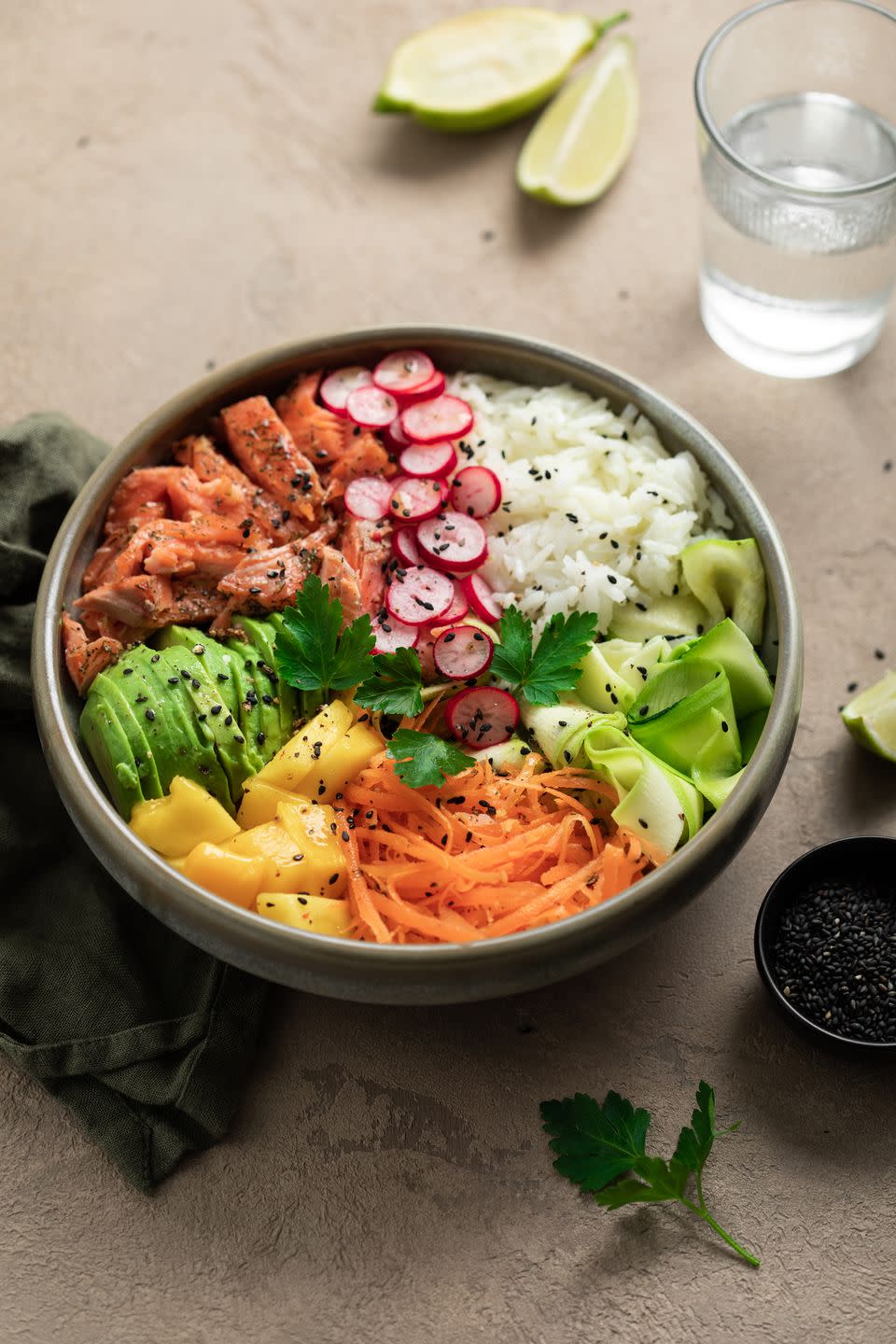
You Might Also Like


